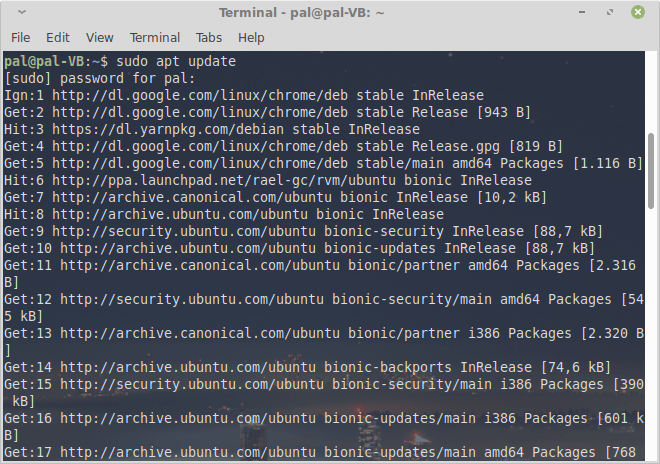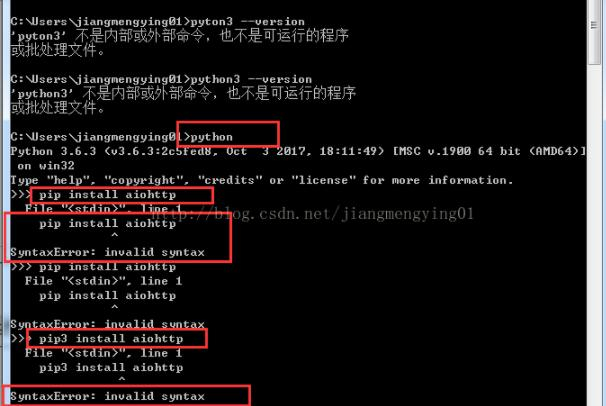
Once logged in, make sure that your server is up-to-date by running the following commands: apt updateĪpt upgrade Step 2: Install pip for Python 3 You can use the username of an admin account in place of the word ‘root’ if needed. To connect to your server via SSH as the root user, use the following command: ssh IP_ADDRESS -p PORT_NUMBERĪnd replace “ IP_ADDRESS” and “ PORT_NUMBER” with your actual server IP address and SSH port number.

Python is a programming language that allows you to perform web development, software development, system administration, scientific and numeric data analysis, and much more.

Pip is a package management system which can be used to install and manage packages written in Python. The first thing to do before you get started is to make sure that your package list is up to date.In this tutorial, we will show you how to install pip on an Ubuntu 18.04 VPS.

Either way, the process is relatively easy, but we’ll show you how to install both versions so you know exactly what to do. Which version you need likely depends on the package you need to install. If you need pip for Python 2, you’ll need to install Python 2 as well. Newer versions of Ubuntu only come with Python 3 installed by default. Because of this, there are also two versions of pip.

Even so, because of major changes between Python 2 and Python 3, many Linux distributions include both versions by default. If you’re at all familiar with Python, you likely know that Python 3 has been out for a long time. In order to use pip to install packages, you’ll need to install it on your system first. You can use it to install from other indexes as well, but much of what you’ll generally need is available on PyPI. Pip stands for Python Installs Packages and lets you easily install packages from the Python Package Index (PyPI).


 0 kommentar(er)
0 kommentar(er)
